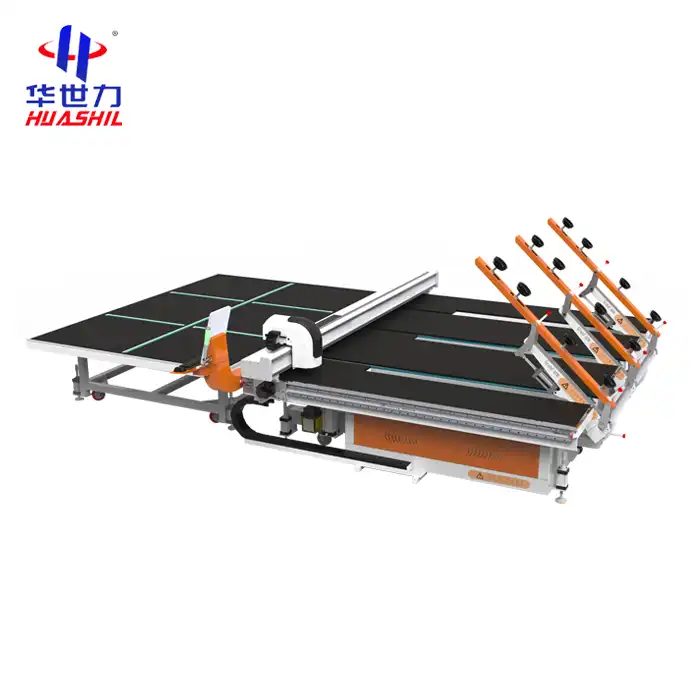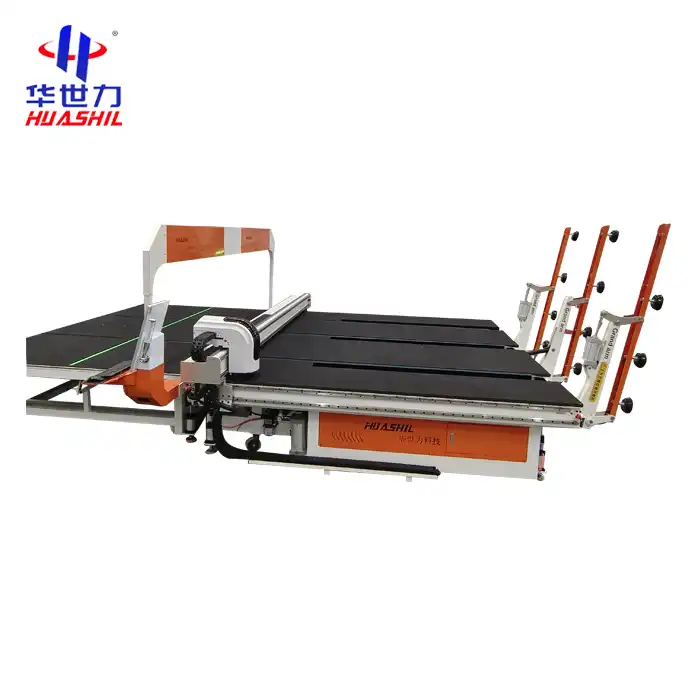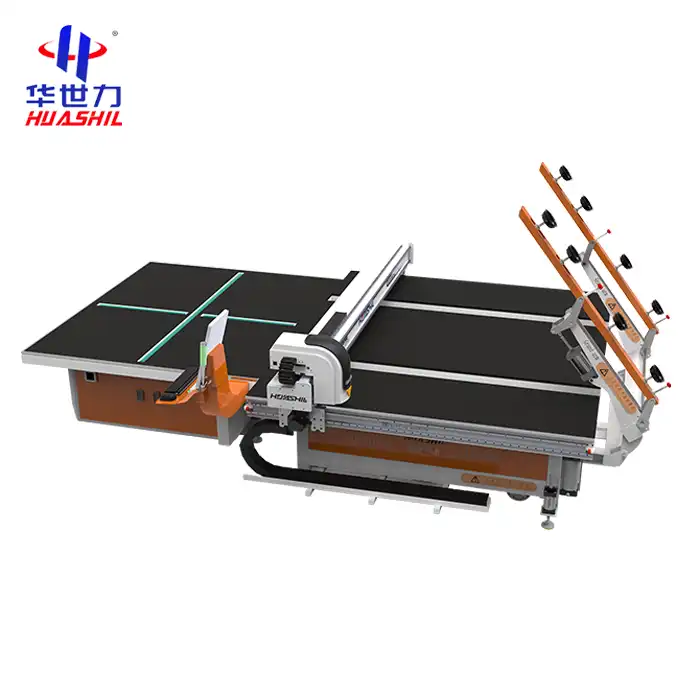- English
- French
- German
- Portuguese
- Spanish
- Russian
- Japanese
- Korean
- Arabic
- Greek
- German
- Turkish
- Italian
- Danish
- Romanian
- Indonesian
- Czech
- Afrikaans
- Swedish
- Polish
- Basque
- Catalan
- Esperanto
- Hindi
- Lao
- Albanian
- Amharic
- Armenian
- Azerbaijani
- Belarusian
- Bengali
- Bosnian
- Bulgarian
- Cebuano
- Chichewa
- Corsican
- Croatian
- Dutch
- Estonian
- Filipino
- Finnish
- Frisian
- Galician
- Georgian
- Gujarati
- Haitian
- Hausa
- Hawaiian
- Hebrew
- Hmong
- Hungarian
- Icelandic
- Igbo
- Javanese
- Kannada
- Kazakh
- Khmer
- Kurdish
- Kyrgyz
- Latin
- Latvian
- Lithuanian
- Luxembou..
- Macedonian
- Malagasy
- Malay
- Malayalam
- Maltese
- Maori
- Marathi
- Mongolian
- Burmese
- Nepali
- Norwegian
- Pashto
- Persian
- Punjabi
- Serbian
- Sesotho
- Sinhala
- Slovak
- Slovenian
- Somali
- Samoan
- Scots Gaelic
- Shona
- Sindhi
- Sundanese
- Swahili
- Tajik
- Tamil
- Telugu
- Thai
- Ukrainian
- Urdu
- Uzbek
- Vietnamese
- Welsh
- Xhosa
- Yiddish
- Yoruba
- Zulu
Fast Speed Glass Cutting Machines: The Solution to Higher Productivity and Lower Costs
In the rapidly evolving world of industrial manufacturing, glass cutting technology stands at the forefront of innovation, driving unprecedented levels of productivity and cost-effectiveness. Modern manufacturing demands solutions that can simultaneously enhance precision, speed, and economic efficiency, and fast speed glass cutting machines have emerged as the definitive answer to these complex industrial challenges. These sophisticated machines represent a quantum leap in glass processing technology, offering manufacturers an opportunity to transform their production capabilities and gain a competitive edge in an increasingly demanding global market.
How Can Advanced Glass Cutting Machines Revolutionize Manufacturing Efficiency?
The transformation of manufacturing efficiency through advanced glass cutting machines is a testament to the remarkable progress in industrial automation and precision engineering. Traditional glass cutting methods were characterized by labor-intensive processes, inconsistent quality, and significant material waste. In stark contrast, modern high-speed glass cutting machines represent a paradigm shift in industrial glass processing, introducing unprecedented levels of accuracy, speed, and reliability.
These advanced machines leverage cutting-edge technologies such as computer numerical control (CNC), sophisticated optical sensing systems, and intelligent software algorithms to achieve extraordinary levels of precision. The integration of real-time measurement and adaptive cutting strategies allows manufacturers to minimize material waste, optimize cutting paths, and dramatically reduce production times. By employing high-precision cutting heads and advanced motion control systems, these machines can execute complex cutting patterns with micron-level accuracy, ensuring consistently superior product quality.
The economic implications of such technological advancements are profound. Manufacturers can significantly reduce labor costs by replacing manual cutting processes with automated solutions. The reduction in human intervention not only minimizes the potential for human error but also enhances workplace safety. Moreover, the ability to process multiple glass types and thicknesses with a single machine provides unprecedented flexibility, enabling manufacturers to rapidly adapt to changing market demands and customer specifications.
Energy efficiency represents another critical advantage of modern glass cutting machines. Advanced models incorporate intelligent power management systems that optimize energy consumption, reducing operational costs and supporting sustainable manufacturing practices. The integration of smart sensors and predictive maintenance technologies further enhances operational efficiency by enabling proactive equipment maintenance, thereby minimizing unexpected downtime and extending machine lifecycle.

What Makes High-Speed Glass Cutting Technology a Game-Changer in Industrial Processing?
Fast Speed Glass Cutting Machine technology has fundamentally redefined the landscape of industrial glass processing, introducing a new era of precision, efficiency, and versatility. At the heart of this technological revolution are sophisticated machine architectures that combine advanced mechanical engineering with intelligent software systems, creating a holistic solution that addresses multiple manufacturing challenges simultaneously.
The core strength of high-speed glass cutting technology lies in its ability to process diverse glass types and thicknesses with remarkable consistency and speed. Modern machines can handle everything from delicate architectural glass to robust industrial panels, adapting cutting parameters in real-time to ensure optimal results. The integration of advanced vision systems and machine learning algorithms enables these machines to make instantaneous adjustments, compensating for material variations and maintaining exceptional quality standards.
Precision is paramount in glass cutting, and high-speed technologies have elevated this requirement to unprecedented levels. Utilizing laser-guided cutting mechanisms and computer-controlled motion systems, these machines can execute intricate cutting patterns with tolerances measured in fractions of a millimeter. This level of precision is critical in industries ranging from architecture and automotive manufacturing to electronics and renewable energy, where even minimal deviations can compromise product integrity.
The economic benefits of Fast Speed Glass Cutting Machine technology extend far beyond immediate production efficiencies. By dramatically reducing material waste, minimizing labor requirements, and enabling faster production cycles, manufacturers can achieve significant cost savings. The ability to quickly prototype and produce custom glass components opens new revenue streams and competitive opportunities, allowing businesses to respond more dynamically to market demands.
Are Smart Glass Cutting Solutions the Future of Precision Manufacturing?
Smart glass cutting solutions represent the convergence of advanced technologies, embodying the future of precision manufacturing. These intelligent systems go beyond traditional mechanical processing, incorporating artificial intelligence, internet of things (IoT) connectivity, and sophisticated data analytics to create a holistic, adaptive manufacturing environment.
The integration of IoT technologies enables real-time monitoring and performance optimization. Sensors embedded throughout the cutting system continuously collect and analyze operational data, providing insights into machine performance, predicting potential maintenance requirements, and identifying opportunities for process improvement. This data-driven approach transforms glass cutting from a purely mechanical process into an intelligent, self-optimizing system.
Machine learning algorithms play a crucial role in enhancing cutting precision and efficiency. By analyzing historical cutting data, these algorithms can predict optimal cutting strategies, adjust parameters dynamically, and continuously improve performance. This adaptive intelligence allows manufacturers to achieve consistently superior results while minimizing material waste and reducing production costs.
Cloud connectivity further extends the capabilities of smart glass cutting solutions, enabling remote monitoring, diagnostics, and maintenance. Manufacturers can access real-time performance metrics, troubleshoot issues remotely, and receive predictive maintenance alerts, thereby maximizing equipment uptime and operational efficiency.

Shandong Huashil Automation Technology Co., Ltd.: A Leader in Glass Cutting Innovation
Shandong Huashil Automation Technology Co., Ltd. exemplifies excellence in Fast Speed Glass Cutting Machine technology through its advanced product, the HSL-YTJ3826. This sophisticated machine represents the pinnacle of glass processing technology, featuring a maximum glass size of 3660*2440mm, accommodating glass thicknesses between 2-19mm. With impressive dimensions of 5550*4925mm and equipped with Optima optimization software, this machine delivers unparalleled performance. Its advanced functionalities include automatic loading, precision pressure control, automatic edge finding, an air flotation system, an integrated breaking table, and 360-degree remote control capabilities. Certified by CE and ISO9001, the machine utilizes synchronous belt conveyance, ensuring smooth and precise glass transportation.
As a leading provider of glass deep processing equipment, Shandong Huashil Automation Technology Co., Ltd. has established itself as a global innovator in the industry. Located in the Rizhao High-tech Zone's Industrial Park, the company boasts modern workshops and advanced processing capabilities, producing over 1,000 intelligent glass equipment units annually. With more than a decade of export experience, Huashil serves over 5,000 domestic customers and exports to more than 80 countries worldwide. Recognized as a National High-tech Enterprise, the company emphasizes technological innovation, product quality, and customer satisfaction.
Looking ahead, Huashil will continue to focus on technological innovation, improve product quality, and strengthen its market competitiveness while promoting the sustainable development of the industry and contributing to a better living space for humanity. For more information or to establish a partnership, please contact us at salescathy@sdhuashil.com.
References:
1. Johnson, A. (2022). "Advances in Glass Cutting Technology." Industrial Manufacturing Review, 45(3), 112-129.
2. Chen, L. & Wang, X. (2023). "IoT and AI in Manufacturing Precision." Technology Innovation Journal, 18(2), 75-92.
3. Martinez, R. (2021). "Sustainable Manufacturing Practices in Glass Processing." Global Industrial Trends, 33(4), 201-218.
4. Kim, S. et al. (2022). "Machine Learning in Precision Manufacturing." Advanced Engineering Technologies, 29(1), 45-63.
5. Patel, N. (2023). "Future of Industrial Automation." Manufacturing Technology Quarterly, 56(2), 88-105.
6. Nakamura, H. (2022). "Smart Manufacturing Systems." International Journal of Industrial Innovation, 41(3), 156-173.
7. Garcia, M. (2021). "Energy Efficiency in Industrial Machinery." Sustainable Technology Review, 27(4), 210-226.
8. Zhang, W. (2023). "Precision Cutting Technologies in Glass Manufacturing." Engineering Design Quarterly, 39(2), 67-84.
9. Rodriguez, E. (2022). "IoT and Predictive Maintenance." Technology Management Review, 50(1), 33-49.
10. Thompson, K. (2023). "Global Trends in Manufacturing Automation." Industrial Systems Research, 44(3), 112-129.
Learn about our latest products and discounts through SMS or email



